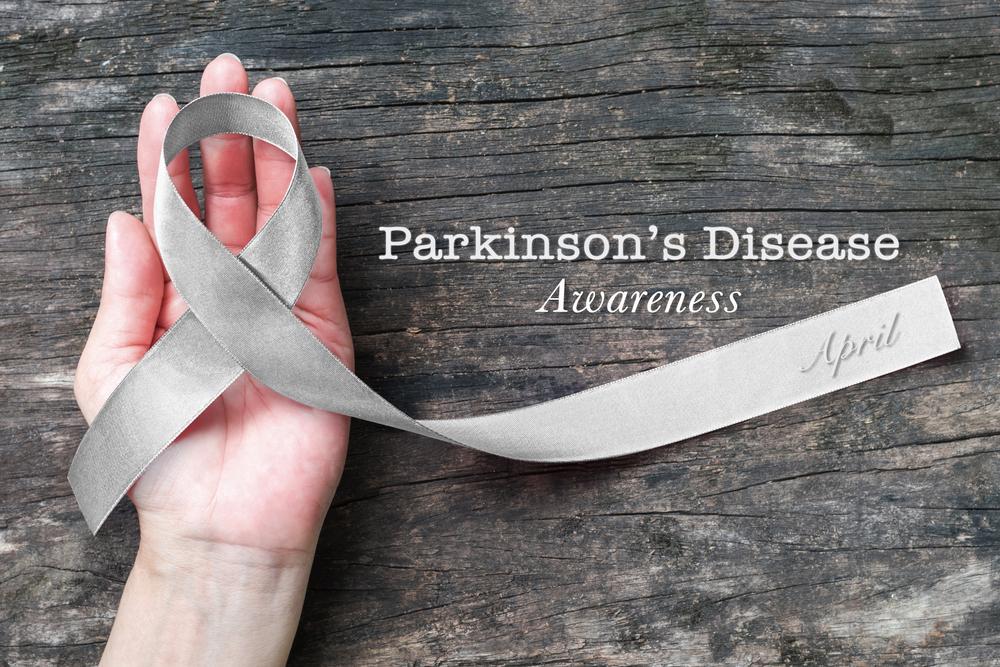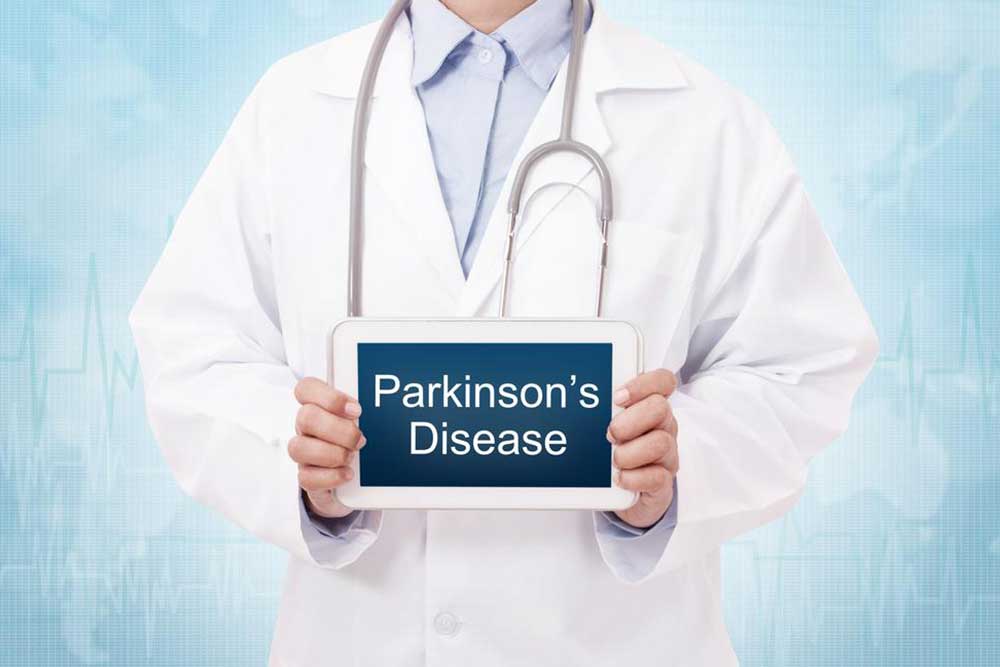Comprehensive Guide to Recognizing the Early Signs and Symptoms of Parkinson's Disease
Discover the detailed signs and symptoms of Parkinson's disease, from early subtle tremors to advanced motor and non-motor issues. Recognize the importance of early detection and consult healthcare professionals for effective management. This comprehensive guide helps you understand how Parkinson's gradually impacts daily life and highlights the importance of timely intervention to enhance quality of life.

Comprehensive Guide to Recognizing the Early Signs and Symptoms of Parkinson's Disease
Parkinson's disease is a complex neurological disorder that affects millions around the world. Despite extensive research, its exact cause remains unknown, but what is clear is that early diagnosis and treatment can significantly improve quality of life. This progressive disorder primarily targets nerve cells in the brain responsible for producing dopamine—a critical neurotransmitter involved in controlling movement, mood, and coordination. Understanding the subtle early signs of Parkinson's disease is essential for timely medical intervention and effective disease management.
Age is the most prominent risk factor, with individuals over 60 being most vulnerable. However, genetics and environmental influences can also play a role, especially in cases with a family history of neurological conditions. The disease develops gradually, often beginning with mild symptoms that are easy to dismiss, making early detection challenging but vital.
In the initial stages, many people notice minor tremors in a relaxed hand or fingers, although these may be overlooked or attributed to stress or fatigue. As the disease progresses, additional signs become more evident, such as a noticeable decrease in arm swing during walking, which impacts balance and gait. Muscle stiffness or rigidity in limbs and the neck persists even when at rest and can cause discomfort or pain. Handwriting may become smaller and more crowded due to impaired motor control, known as micrographia—a classic early indicator of Parkinson's disease.
Beyond motor issues, patients often experience non-motor symptoms that significantly affect daily life. These include a diminished sense of taste, sleep disturbances like insomnia or REM sleep behavior disorder, frequent falls due to balance problems, constipation caused by slowed gastrointestinal motility, urinary difficulties, and facial expressions that seem less lively or rigid. These early signs are subtle but collectively serve as critical clues for healthcare providers to recommend further evaluation.
Recognizing these symptoms early and consulting with a neurologist or movement disorder specialist is crucial for accurate diagnosis. Early intervention can help manage symptoms more effectively, slow disease progression, and improve overall quality of life. While there is currently no cure for Parkinson's disease, numerous treatment options, including medication, physical therapy, and lifestyle adjustments, can help mitigate its impact.
Moreover, ongoing research continues to shed light on potential preventive strategies, emphasizing the importance of a healthy lifestyle, including regular exercise, balanced diet, and avoiding environmental toxins. If you or a loved one notice subtle motor or non-motor symptoms listed above, seeking medical advice promptly is the best course of action to ensure timely diagnosis and management.





